US-Sport
NFL: Third and Long: Panthers help Vikings – Frowns in Tennessee
The Wildcard round is over and as the Panthers, Chiefs, Bills and Rams bid farewell to the off-season, the road continues for New Orleans Saints, Falcons, Jaguars and Tennessee Titans. Nevertheless, the Titans caused a frown at the weekend, while Carolina gave the Vikings a good start to the playoff duel with New Orleans. Furthermore: Did the Patriots make a mistake with the Garoppolo-Trade? And what about Alex Smith? In his weekly column, SPOX editor Adrian Franke sorts the events.
It’s been two weeks since I had described why Todd Gurley is the focus of the Rams Offense and what Head Coach Sean McVay does schematically with the Running Back. Gurley’s prominent role in L. A. made the task for the Falcons defense clear, and Atlanta had the perfect answer ready.
On the one hand it was called Deion Jones, the explosive linebacker was constantly responsible for Gurley – whether against the run or the pass – and followed the running back across the course. If Jones wasn’t responsible for Gurley, Neal or Alford took over most of the time in Man Coverage. On the other hand, the answer was: Aggressiveness without fear of the Screen Game of the Rams.
Atlantas Defense is not particularly complex in its scheme, similar to the Seahawks Defense in its most dominant days. Cover-3 and Cover-1 are the basis, from which most constructs are created schematically. The comparatively low complexity is offset by high speed, even with the help of the simpler allocations – as well as various lightning packages from Cover-3 and Cover-1.
All this was seen in the match against the Rams on Saturday evening. The Falcons defended the run aggressively and flashed out from different directions and fronts. This caused Jared Goff (4/12.57 YDS, 3 bags against pressure) noticeably big problems. The passing game of the rams lacked the rhythm too often, too often Atlanta could force long downs. This also made McVay’s play calling much more difficult.
I imagine that Viking coach Mike Zimmer had a good feeling about the duel between the Panthers and the New Orleans Saints, Minnesota’s opponent in the divisional round, on Sunday evening. At least when it came to Carolina’s run defense.
This season’s most dangerous running back duo was hardly a factor in the Saints’ victory. Alvin Kamara (10 ATT, 23 YDS) and Mark Ingram (9 ATT, 22 YDS) did not see any country in the Run Game, and the way Carolina defended it might have been familiar to some Vikings fans.
The Panthers used an approach that Minnesota also likes to take: the aggressive line of scrimmage. This could be observed against the Saints, especially in obvious running downs. Carolina attacked the offensive line regularly with five players and thus left no gaps in the zone block of the Saints.
New Orleans’ second-level blocking was not only often not used in this way (the play was stopped before), Carolina’s aggressive approach to the line of scrimmage also allowed the linebackers behind it more freedom to read the play and then intervene quickly. The Saints’ run block, which has been so excellent up to now, has thus buckled on several levels on a regular basis.
What’s more, one of the strengths of this Vikings defense is to attack the center of the offensive line with lightning packs. Drew Brees has always had the biggest problems when it comes to getting pressure over the middle – this is where Zimmer in the Passing Game should start. This was already evident in the impressive victory over the Rams, when Minnesota also defended the screens well. The Saints expect even more problems here, as Guard Andrus Peat is injured.
What is the disadvantage of playing the Line of Scrimmage so aggressively? You have to be extremely careful against screens and play action. The Saints, as I have often said this season, are the best screen team in the NFL, not least because they mix their screens with play action and play both from running formations. Carolina cost a defensive inattentiveness in such a situation on Sunday evening a touchdown.
The Vikings, however, have one of the most disbanded, perhaps the most disciplined defenses in the NFL and, like Carolina, have explosiveness and range on the lineback level. Harrison Smith and Eric Kendricks, for example, can defend large spaces and play similar roles to Kuechly on Sunday.
Immediately after the surprising victory in Kansas City, titanium coach Mike Mularkey caused a stir. Responding to the rumours that he was threatened with dismissal in the event of a defeat, Mularkey replied that he had received “no support at all” in the run-up to his defeat:”I assumed the worst, and it didn’t take him 24 hours before the Titans announced that Mularkey would remain Tennessee’s head coach in 2018.
Why didn’t this statement come before the wildcard game? It at least suggests that the Titans bosses actually made Mularkey’s whereabouts depend on the playoff win, which is a desolate proceeding. The fact that Mariota catches his own touchdown pass and the chiefs completely break into play calling in the second half doesn’t change the problems Tennessee has had throughout the season. Especially offensive.
If those responsible have come to the conclusion over the last few weeks that a change of coach is necessary, then the victory in Kansas City should not change that. And the development, or rather, stagnation in the offense, provides sufficient arguments for this: Tennessee tried desperately to repeat the successful model of the previous season and relied stubbornly on an oldschool rushing approach. Narrow formations, scarcely creative and, as a result, an open-mindedness that is easy to calculate.
At no time was the run game of the Titans on the dominant level of the pre-season, but Mariota had to act in this kind of offense, which does not support his qualities at all. At the same time, the lack of success in the run game forced him to create Big Plays, despite bad pass concepts that barely allow yards after the catch. Mariota didn’t play well herself, but the Scheme didn’t help him at all. Tennessee needs to add more spread and hurry-up elements to develop aggressively. The offense must not simply continue in 2018 in the hope that Mariota will eventually adapt to it.
The victory against the Chiefs had other reasons: Mariota had 71.4 percent of his passes (91 YDS, TD) in Third Down. Derrick Henry had an average of 3.61 yards per run after contact with opponents, and the offensive line only allowed five QB presses against the edentulous Chiefs Pass Rush, which had already been toothless all year round.
And Kansas City is also responsible for this defeat. The fact that Andy Reid, despite all the play-design creativity, gave Kareem Hunt a total of eleven Rushing attempts despite his almost non-stop leadership, is by far the biggest coaching mistake of the Wildcard round. Tennessee has a good run defense, but also plays a lot of man coverage – even on Saturdays. The Chiefs could have done a lot of damage with their misdirection- and option-plays in the course of the game and could have managed to secure the lead in the second half.
At the same time, however, Mariota also revealed his individual problems, which have been with him throughout the whole season. Unusual inaccuracies, technical errors and plays in which he apparently does not trust what he sees. Getting Mariota’s development back on track must be the top priority in Tennessee, and that probably means Mularkey’s offensive coaching staff has to change things.
Page 1: The mistake of the Titans, Carolina as a role model and how Atlanta annoyed the Rams
Page 2: Alex Smith, Buffalo, Atlanta, the Garoppolo Trade, Bill’s Mafia – your questions


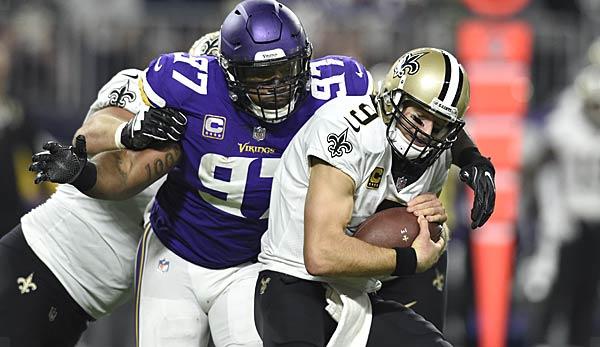




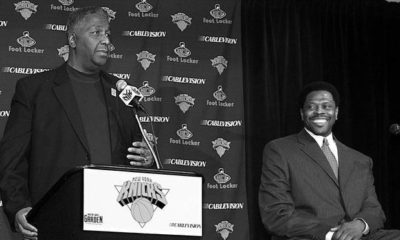
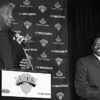
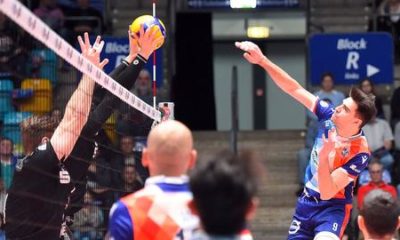
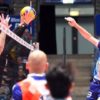
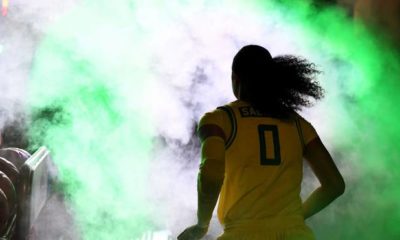




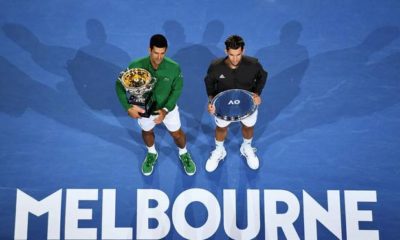

You must be logged in to post a comment Login